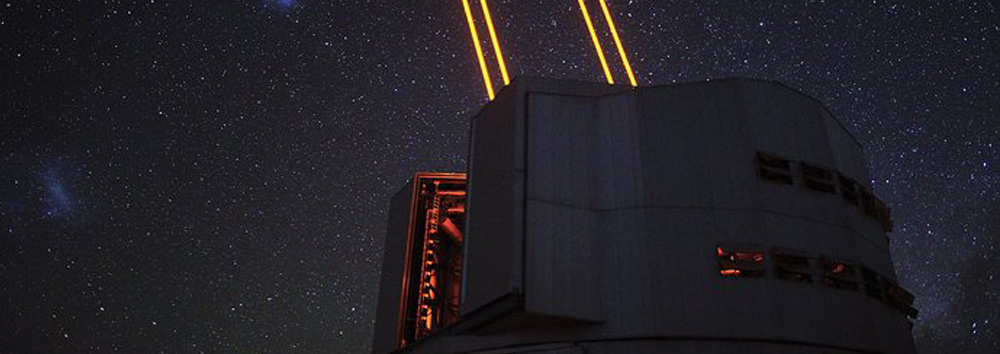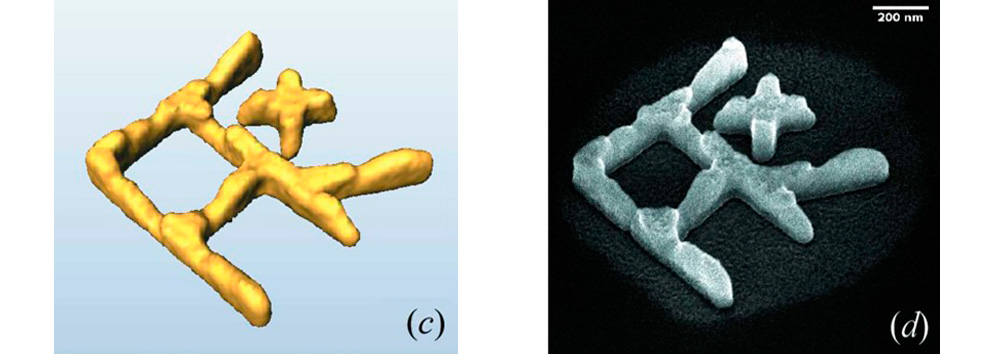While testing a new subsystem on the SPHERE planet-hunting instrument on ESO’s Very Large Telescope, astronomers were able to capture dramatic details of the turbulent stellar relationship in the binary star R Aquarii with unprecedented clarity — even compared to observations from Hubble.
This spectacular image — the second instalment in ESO’s R Aquarii Week — shows intimate details of the dramatic stellar duo making up the binary star R Aquarii. Though most binary stars are bound in a graceful waltz by gravity, the relationship between the stars of R Aquarii is far less serene. Despite its diminutive size, the smaller of the two stars in this pair is steadily stripping material from its dying companion — a red giant.
Years of observation have uncovered the peculiar story behind the binary star R Aquarii, visible at the heart of this image. The larger of the two stars, the red giant, is a type of star known as a Mira variable. At the end of their life, these stars start to pulsate, becoming 1000 times as bright as the Sun as their outer envelopes expand and are cast into the interstellar void.

About ESO
ESO, the European Southern Observatory, is the foremost intergovernmental astronomy organisation in Europe and the world’s most productive astronomical observatory. ESO provides state-of-the-art research facilities to astronomers and is supported by Austria, Belgium, the Czech Republic, Denmark, Finland, France, Germany, Italy, the Netherlands, Poland, Portugal, Spain, Sweden, Switzerland and the United Kingdom, along with the host state of Chile. Several other countries have expressed an interest in membership.
European Southern Observatory While testing a new subsystem on the SPHERE planet-hunting instrument on ESO’s Very Large Telescope, astronomers were able to capture dramatic details of the turbulent stellar relationship in the binary star R Aquarii with unprecedented clarity — even compared to observations from Hubble. This spectacular image — the second instalment in ESO’s R Aquarii […]



